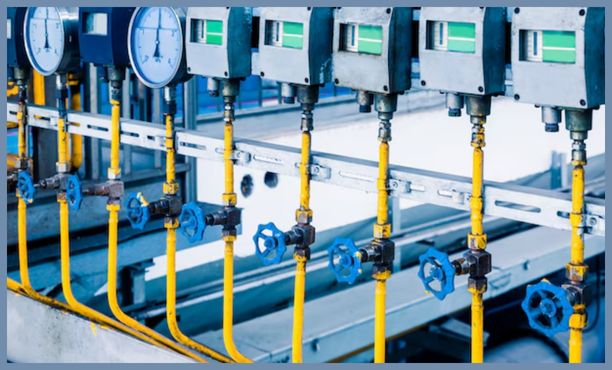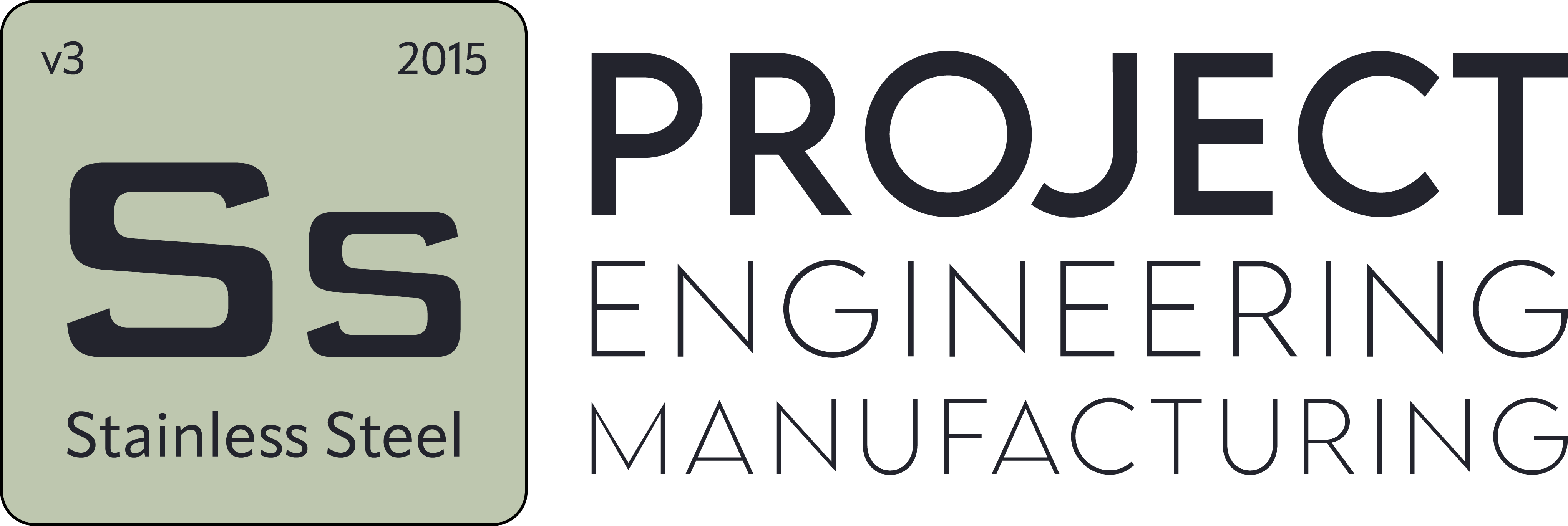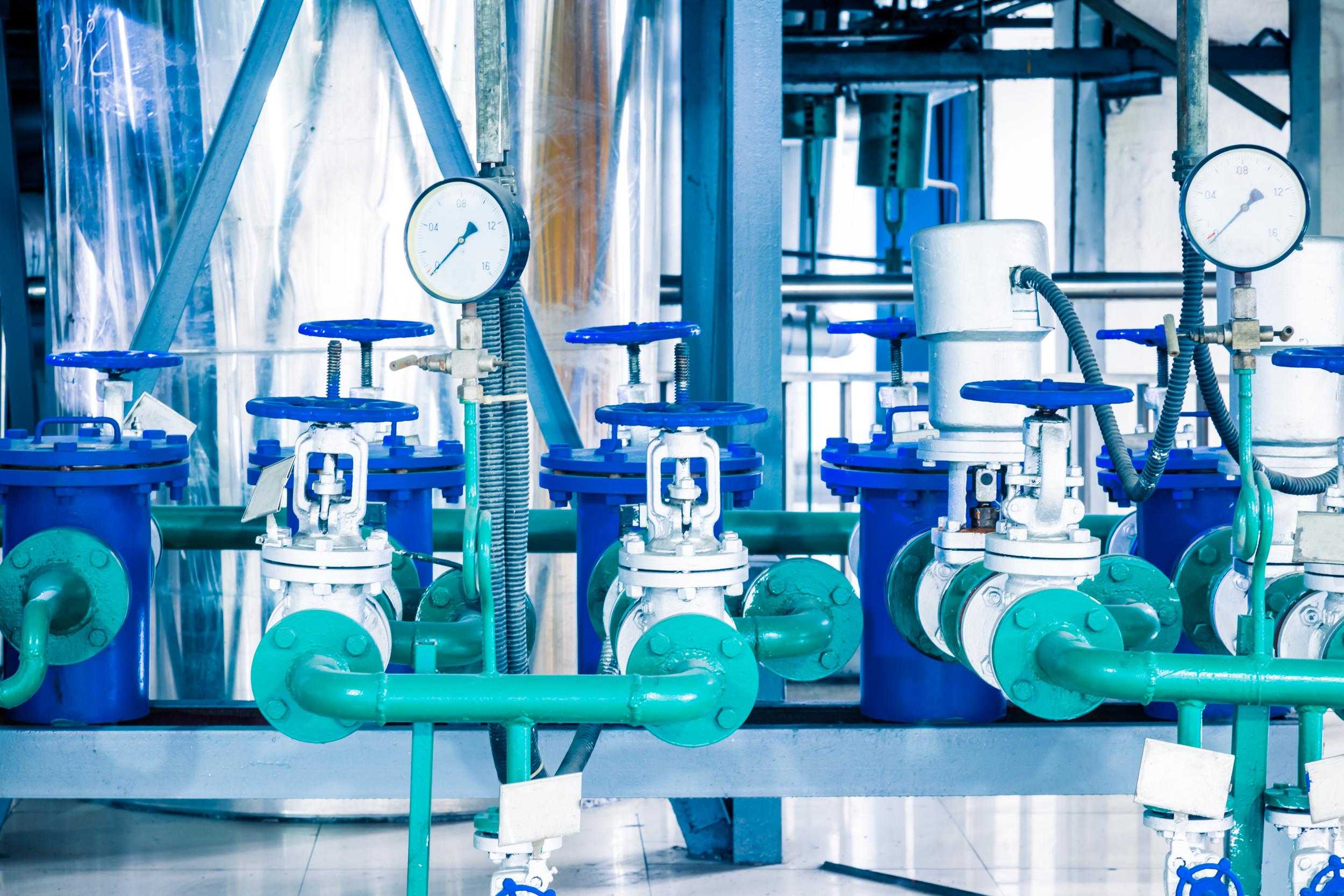Pure Water Systems Design (PW, WFI, PS)
- Blog
- Pure Water Systems Design (PW, WFI, PS)
Pure Water Systems Design (PW, WFI, PS)
Pure Water System Design (PW, WFI, PS): A Comprehensive Guide
Pure water systems are designed to provide high-purity water for industrial and pharmaceutical applications. These systems produce water types such as Purified Water (PW), Water for Injection (WFI), and Pure Steam (PS), each of which must meet specific purity and reliability standards. This guide provides an in-depth look at the design, maintenance, and management of PW, WFI, and PS systems.
Importance of Pure Water Systems
Pure water systems play a crucial role in industries where water purity is paramount, including pharmaceuticals and biotechnology. They ensure the quality and safety of the water used in various processes and product formulations.

High Quality and Safety
Pure water is used in numerous manufacturing processes and product formulations. Using high-purity water reduces the risk of contamination and enhances overall product quality. In pharmaceuticals, where impurities can pose serious health risks, water quality is of utmost importance.
Compliance with Regulations
PW, WFI, and PS systems must comply with standards set by regulatory bodies such as the FDA and other international organizations. Adhering to these standards ensures product safety and legal compliance.
Purified Water (PW) Systems
PW systems provide high-purity water for industrial and some pharmaceutical applications. They are used in various processes, product formulations, and cleaning applications.
Design Criteria
Designing PW systems involves several key criteria:
- Water Source: The performance of PW systems depends on the quality of the source water. Proper analysis of the source water ensures that contaminants and impurities are managed effectively.
- Filtration: High-efficiency filtration systems, such as carbon filters and reverse osmosis units, are used to remove physical and chemical contaminants from the water.
- Temperature and Pressure Control: Maintaining appropriate temperature and pressure levels is crucial for preserving water quality and ensuring system efficiency.
Maintenance and Operation
Regular maintenance of PW systems is essential for their longevity and optimal performance. Maintenance activities include:
- Filter Replacement: Regular replacement of filters improves system performance and maintains water quality.
- System Monitoring: Routine checks of system components help detect potential issues early.
- Water Quality Monitoring: Continuous monitoring of water purity is necessary to ensure system effectiveness.
Water for Injection (WFI) Systems
WFI systems provide the highest purity water used for pharmaceutical products and injection solutions. This type of water is used for direct injection into the body and requires stringent purity and microbiological safety standards.
Design Criteria
Designing WFI systems involves meeting the highest purity standards:
- High Purity: The water used in WFI production must meet stringent purity standards, achieved through advanced filtration and sterilization methods.
- Sterilization: WFI systems must employ steam sterilization or other appropriate methods to ensure microbiological safety and prevent contamination.
- System Design: The design must eliminate sources of contamination, ensuring that every component is carefully designed and placed.
Quality Control and Maintenance
WFI systems require regular quality controls and maintenance. Key activities include:
- Microbiological Testing: Regular testing ensures that the water remains free from microbial contamination.
- Cleaning Procedures: Systems must be cleaned regularly to maintain performance and water quality.
- Performance Monitoring: Continuous monitoring of system performance helps identify and address issues before they impact operations.
Pure Steam (PS) Systems
PS systems produce high-purity steam used in various industrial processes. The design of PS systems is crucial for ensuring steam purity and efficiency.
Design Criteria
Key aspects of designing PS systems include:
- Steam Generator: The efficiency and reliability of steam generators are crucial for producing high-quality steam.
- Piping and Distribution: Proper piping and distribution systems ensure even distribution of steam, enhancing system efficiency.
- Control Systems: Temperature and pressure control systems are essential for maintaining steam quality and system performance.
Operation and Maintenance
Regular maintenance of PS systems ensures performance and reliability:
- Steam Generator Maintenance: Regular checks and cleaning of steam generators are necessary for optimal operation.
- Distribution System Maintenance: Maintaining the steam distribution system ensures even steam distribution and improves system efficiency.
- Cleaning: Regular cleaning of PS systems prevents contaminants and buildup, maintaining performance.
Design and Integration
Designing and integrating pure water systems involves ensuring that all system components work together harmoniously. A well-designed system improves performance and reduces maintenance requirements.
System Components
Pure water systems include various components:
- Filtration Units: Remove physical and chemical contaminants from the water.
- Pumps and Valves: Control water flow and ensure efficient system operation.
- Control Systems: Monitor and control key parameters such as temperature and pressure.
Integration and Compatibility
Integrating different pure water systems ensures they operate seamlessly together. During the design phase, it's important to ensure that system components are compatible and function efficiently, improving overall system performance and reducing maintenance needs.
Maintenance and Operation Procedures
Maintenance and operation procedures are essential for ensuring the efficiency and reliability of pure water systems. Proper procedures help maintain system performance and prevent issues.
Maintenance Programs
Developing and following regular maintenance programs is essential. These programs include:
- Filter Maintenance: Regular replacement and cleaning of filters.
- System Checks: Routine inspections of system components.
- Water Quality Monitoring: Ongoing assessment of water quality and implementation of corrective actions as needed.
Training and Documentation
Training personnel on maintenance procedures and documenting all activities is crucial. Proper training and documentation enhance the effectiveness of maintenance processes and ensure regulatory compliance. Training programs may include:
- Maintenance Techniques: Instructions on performing maintenance and cleaning procedures.
- User Manuals: Guides for operating and maintaining system components.
Common Issues Encountered
Common issues in pure water systems often stem from maintenance and operational practices. Understanding and addressing these issues can improve system efficiency.
Contamination and Scaling
Contamination and scaling can affect system performance. Contamination can lead to blockage of system components and reduced water quality, while scaling can result from mineral deposits. Regular cleaning and monitoring are necessary to prevent these issues.
Microbiological Contamination
Microbiological contamination can be a serious issue, particularly in pharmaceutical applications. Contaminants can compromise water quality and product safety. Proper sterilization and cleaning procedures are essential to prevent contamination.


